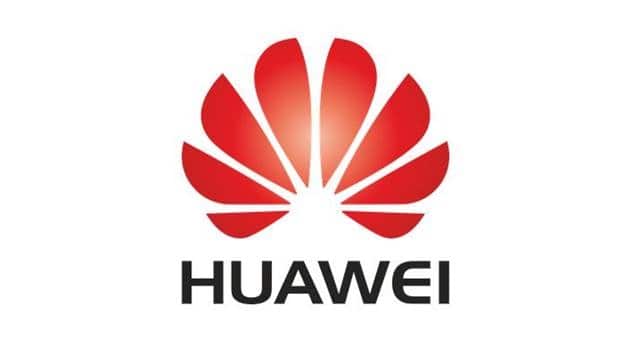Turkcell and Huawei completed what they claim as the world's first LTE Spectrum coordination on Antalya's commercial 4.5G network with Huawei’s latest eRAN13.1 solution.
As one of the most important technologies of the TechCity 2.0 project in Turkey, this solution enables coordination between high and low LTE bands to realize channel selection based on a user’s experience and maximize user throughput.
The deployment of high frequency bands has been facing huge challenges. Uplink coverage pales in comparison to downlink coverage due to the inherent characteristics of these bands and limited transmit power of terminal devices. As a result, high bands fail to deliver an excellent cell-edge user experience and rich spectrum resources cannot be fully leveraged.
LTE Spectrum Coordination can effectively improve user experience at the cell edges. In this test, the downlink channel is always hosted by both high and low bands, while a UE can select either high or low bands as a suitable uplink channel to obtain a high data rate and an excellent experience. A UE located in the center of the cell selects high bands as an uplink channel, whereas a UE located at the edge of the cell selects low bands for better uplink coverage.
According to test results, the downlink data rate increased by over 30% at cell edges, claims Huawei.
Gediz Sezgin, CNO of Turkcell
High bands provide high data rates, while low bands deliver excellent coverage. LTE Spectrum Coordination can fully leverage these characteristics, and can to the largest extent enhance spectral efficiency and improve user experience, especially for user experience at the cell edge.
Ying Weimin, President of R&D Management Department, Huawei Wireless Network Product Line
This technology lifts the binding dependency between the uplink and downlink channels, addressing limited uplink coverage on high bands. This helps to lay a solid ‘Roads to 5G’ foundation to build a full-service basic network.




















